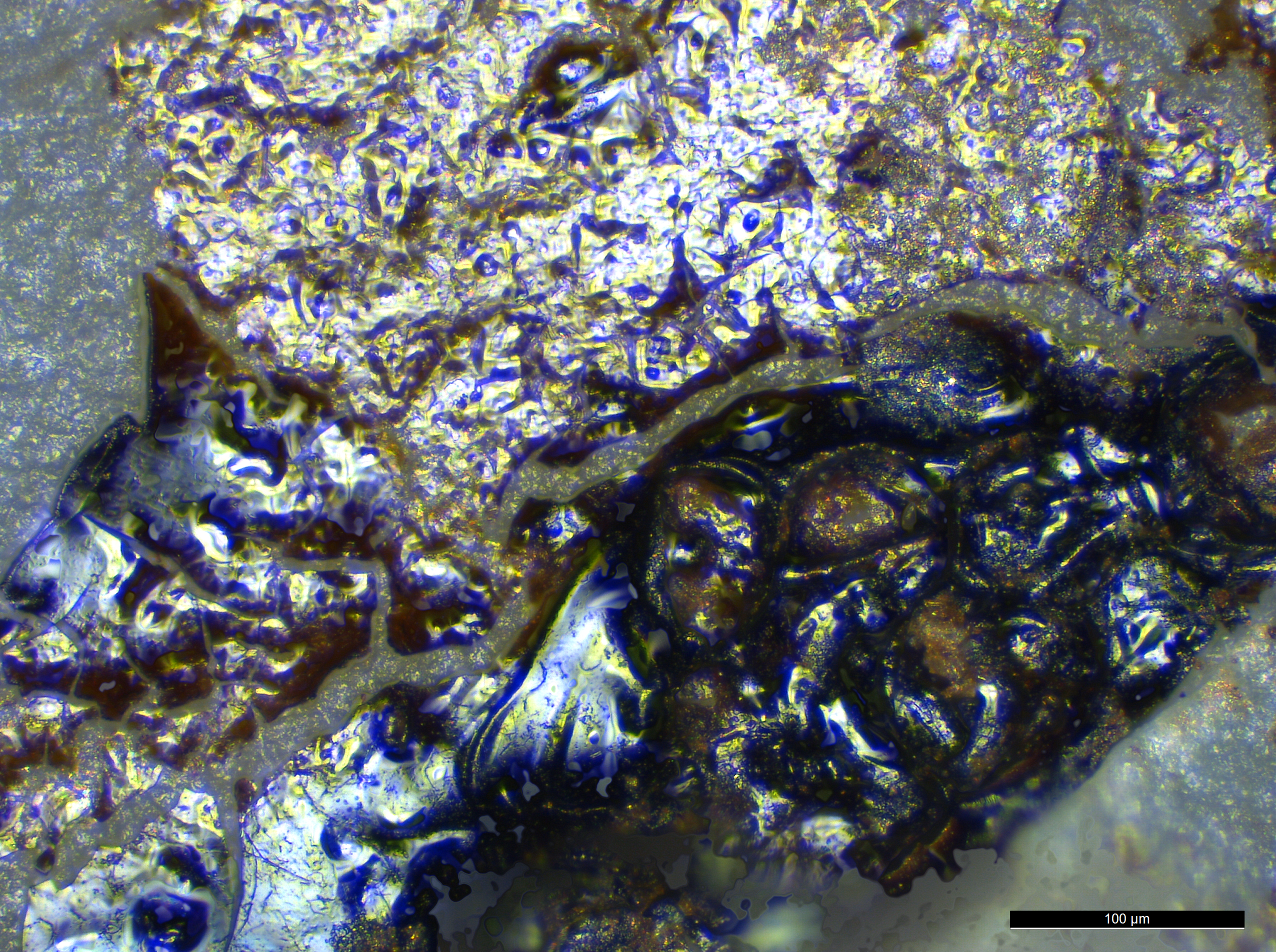Pine traces at Star Carr: Evidence from residues on stone tools
York researchers publish new paper showing conifer resins on stone tools

A new paper by the Star Carr research team at BioArCh Facility and the Archaeology Department, University of York, has found the first evidence of conifer resins directly associated with stone tools from the Early Mesolithic site of Star Carr, England.
Gas chromatography-mass spectrometry (GC-MS) was used to investigate dark coloured residues that were only visible at a microscopic scale on stone tools. Nine tools, including microliths, blades, bladelets, and one burin, contained diterpene molecular compounds specific to the pine tree family (Pinaceae). Additionally, the researchers were able to test and rule out the archaeological sediments where the stone tools were excavated as the source of the pine compounds. These are surprising results since the dark coloured residues seen on the tools were expected to be birch bark tar based on their appearance, a substance that had been identified previously at Star Carr by Aveling and Heron (1998) and other Mesolithic sites.
The researchers found that these residues most likely originate from scots pine (Pinus sylvestris), since it is the only member of the pine tree family represented in the Mesolithic pollen catchment area where Star Carr is located. The authors suggest a link between stone tools and their possible uses in Early Mesolithic Britain.
Picture: Microscopic image of a dark coloured archaeological residue, found on the edge of a stone tool which tested positive for resin compounds from the pine tree family (Pinaceae).
This article will be published in October 2018 in the Journal of Archaeological Science: Reports 21, 21–31.